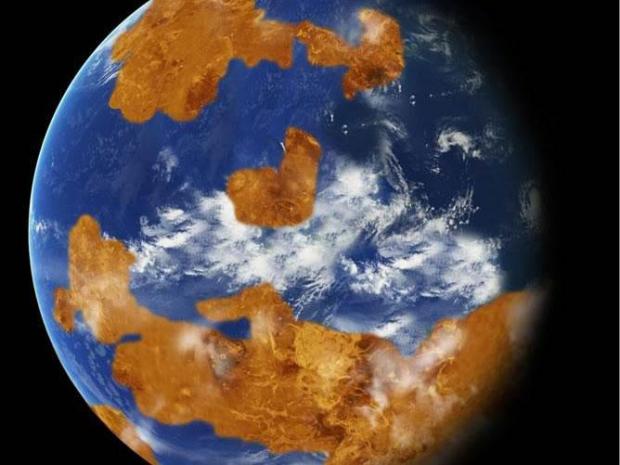-
Tips for becoming a good boxer - November 6, 2020
-
7 expert tips for making your hens night a memorable one - November 6, 2020
-
5 reasons to host your Christmas party on a cruise boat - November 6, 2020
-
What to do when you’re charged with a crime - November 6, 2020
-
Should you get one or multiple dogs? Here’s all you need to know - November 3, 2020
-
A Guide: How to Build Your Very Own Magic Mirror - February 14, 2019
-
Our Top Inspirational Baseball Stars - November 24, 2018
-
Five Tech Tools That Will Help You Turn Your Blog into a Business - November 24, 2018
-
How to Indulge on Vacation without Expanding Your Waist - November 9, 2018
-
5 Strategies for Businesses to Appeal to Today’s Increasingly Mobile-Crazed Customers - November 9, 2018
Venus may once have been habitable, Nasa says
The study conducted by NASA stated, “We find that such a world could have had moderate temperatures if Venus had a rotation period slower than ~16 Earth days, despite an incident solar flux 46-70% higher than Earth receives”, It went on to add, “At its current rotation period, Venus’s climate could have remained habitable until at least 715 million years ago”.
Advertisement
Scientists long have theorized that Venus formed out of ingredients similar to Earth’s, but followed a different evolutionary path. Measurements by NASA’s Pioneer mission to Venus in the 1980s first suggested Venus originally may have had an ocean. As a result, the planet’s early ocean evaporated, water-vapor molecules were broken apart by ultraviolet radiation, and hydrogen escaped to space.
The planet has nearly no water vapor and with surface temperatures reaching up to 864 degrees Fahrenheit, the idea that the second planet from the sun can host life as we know it may seem far out. But the idea that Venus was once livable brings the planet’s cautionary tale full circle: Back in the 1970s, observations of Venus’ greenhouse effect heightened scientists’ concerns about carbon dioxide emissions here on Earth.
The atmosphere of Venus is so thick, it was once presumed that it had something to do with the planet’s very slow rotation rate – a day on Venus is equal to 117 Earth days.
The computer modeling wound the clock back on Venus’ climate, using calculations similar to those employed to wind the clock forward for our own planet’s climate. NASA says at one time, Venus was habitable. That would have limited the amount of water that was evaporated from the oceans.
These differences led scientists to assume that Venus lost its surface water to evaporation soon after its formation.
Using that existing information, the scientists based their research on the assumption that ancient Venus had more dry land than Earth, particularly in the tropics.
“This type of surface appears ideal for making a planet habitable; there seems to have been enough water to support abundant life, with sufficient land to reduce the planet’s sensitivity to changes from incoming sunlight”, NASA said in a statement. They also threw in a shallow ocean which was consistent with data from Pioneer spacecraft. They also assumed that the ancient sun was up to 30 percent dimmer than it is today.
As a result, in spite of being closer to the Sun, ancient Venus would have been slightly cooler than today’s Earth.
“In the GISS model’s simulation, Venus’ slow spin exposes its dayside to the sun for nearly two months at a time”, said Anthony Del Genio, from GSIS, explaining that this causes the surface to warm up and produce rain that generated thick layer of clouds that shields the surface from solar heating.
Advertisement
“This warms the surface and produces rain that creates a thick layer of clouds, which acts like an umbrella to shield the surface from much of the solar heating”.




























